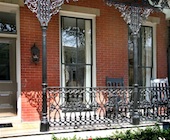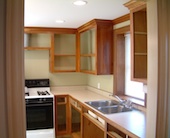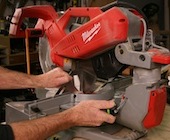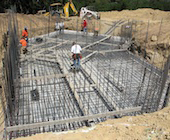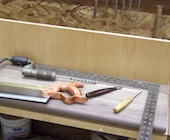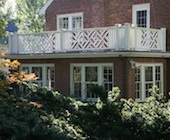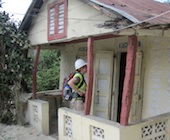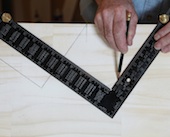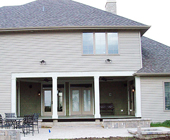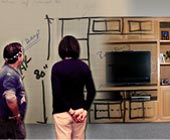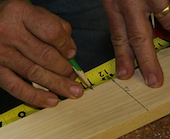Selling yourself: Like it or not, marketing matters.
I started my Handyman business in Los Angeles, CA back in 1999 after leaving a 23-year sales career. I made a good living in sales, but it wasn’t satisfying. I’ve always been interested in fixing things, and even more interested in working with wood.
Over the years, I’ve learned a lot — there’s a huge difference between the work I do today and the funky 1×10 knotty-pine nailed-together bookcase I built for my bedroom as a kid. Today, the jobs I enjoy most, and the ones I make the most money on, involve fine finish work, including custom cabinets, bookcases, and built-ins of every type. Read the full article…
